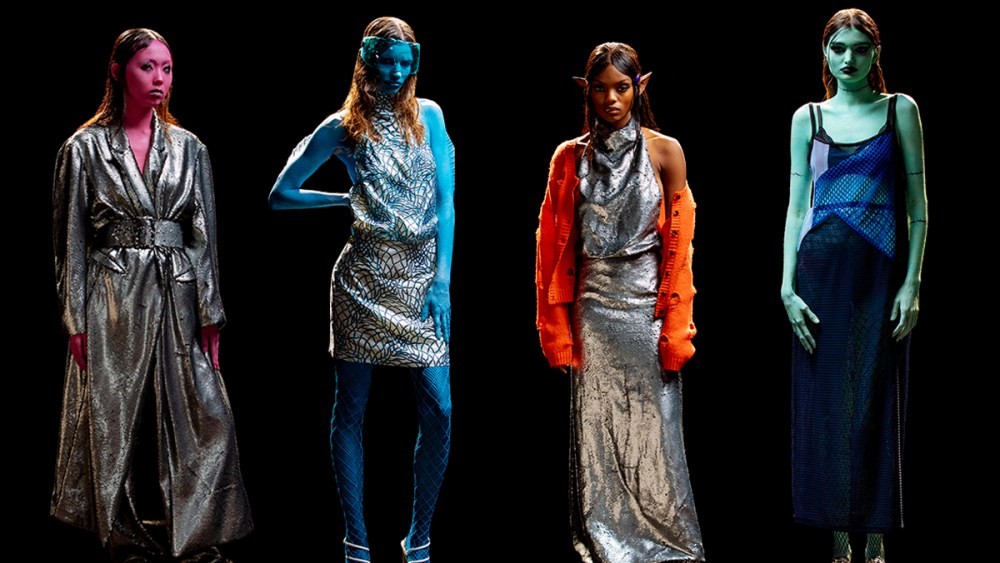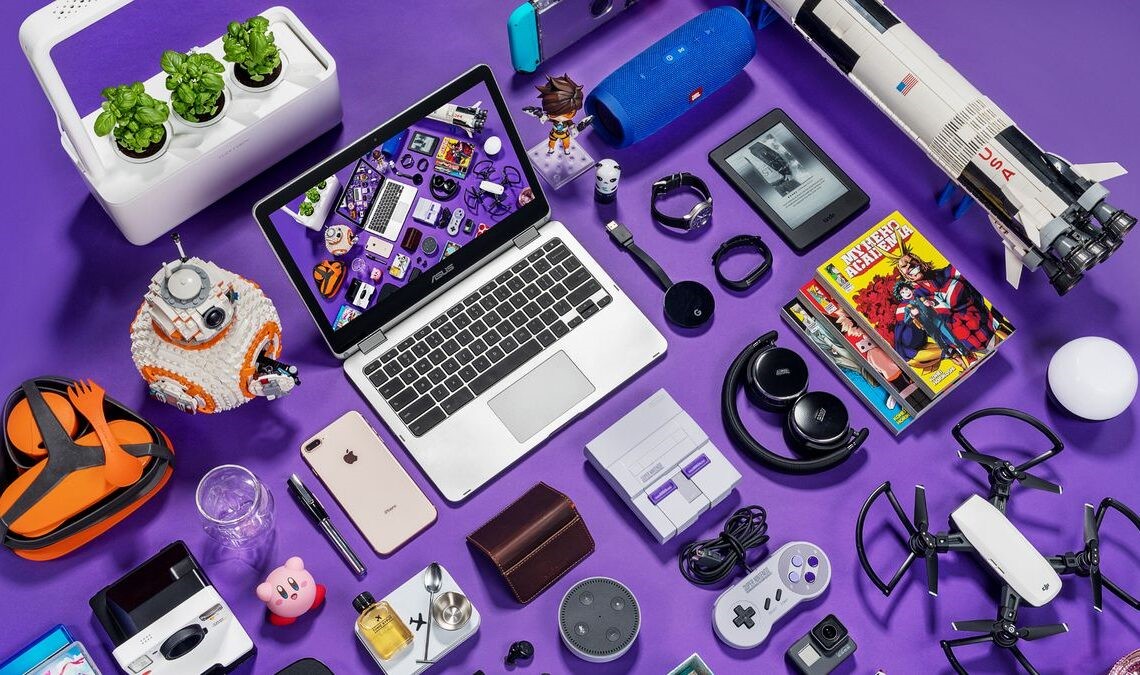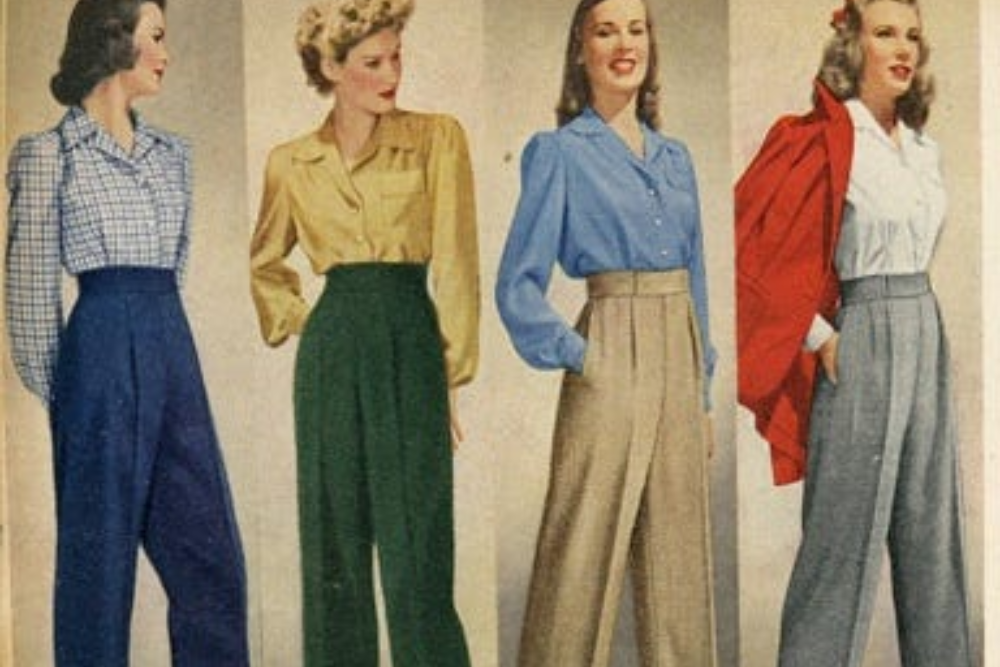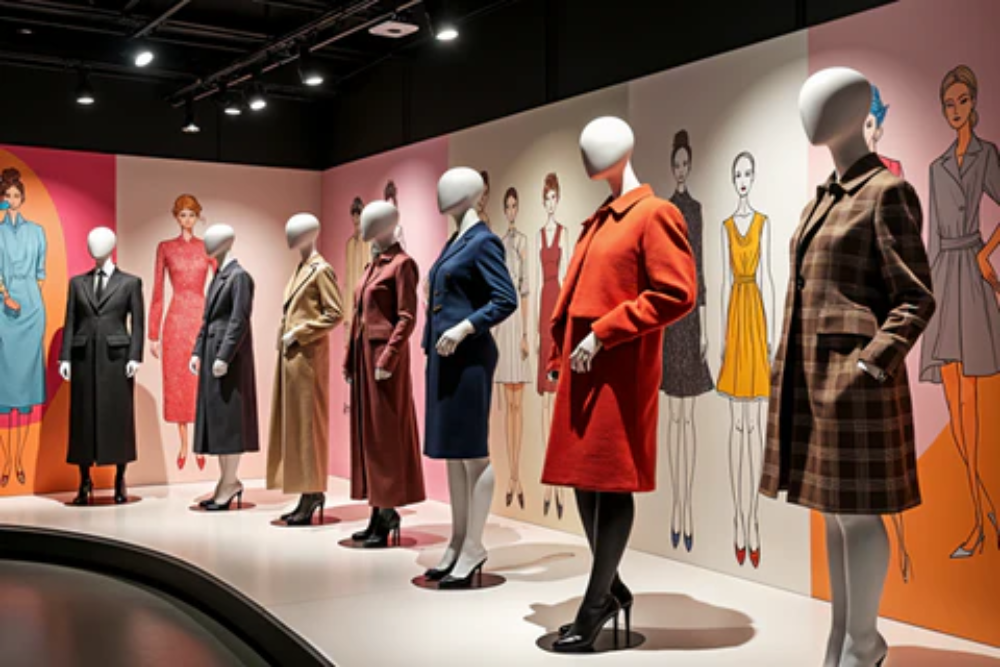Introduction
The intersection of technology and fashion has evolved from a niche interest to a defining trend in the luxury sector. Wearable technology in high fashion is no longer just about functionality; it’s about creating immersive, interactive, and personalized experiences that resonate with the modern consumer. This article delves into the transformative role of wearable tech in high fashion, highlighting key innovations, industry collaborations, and the future trajectory of this fusion.
- Defining Wearable Technology in Fashion
Wearable technology in fashion refers to garments and accessories that incorporate electronic components to enhance functionality, aesthetics, or user experience. These innovations range from health-monitoring fabrics to interactive clothing that responds to environmental stimuli. The integration of such technologies allows designers to push the boundaries of traditional fashion, offering consumers products that are both stylish and functional.
- Pioneering Designers and Brands
Several designers and brands have been at the forefront of integrating wearable technology into their collections:
- Iris van Herpen: Known for her avant-garde designs, van Herpen combines 3D printing with traditional couture techniques to create garments that challenge conventional fashion norms
- Behnaz Farahi: Farahi’s work explores the intersection of fashion, technology, and human interaction. Her piece “Caress of the Gaze” features a 3D-printed cape that responds to the wearer’s gaze, highlighting the potential for garments to interact with their environment.
- CuteCircuit: This London-based fashion company specializes in interactive fashion, creating garments that incorporate microelectronics to offer dynamic and personalized experiences.
- Innovations in Smart Fabrics
Smart fabrics, also known as e-textiles, are materials embedded with conductive fibers and sensors that can respond to stimuli. These fabrics can monitor health metrics, change color, or even generate energy. For instance, health-monitoring fabrics can track physiological data in real-time, providing valuable insights for athletes and health-conscious individuals.
- Industry Collaborations and Luxury Integrations
Luxury brands are increasingly collaborating with tech companies to integrate wearable technology into their products:
- Chanel: In 2024, Chanel launched its Première Sound watch, a hybrid timepiece that transforms into a necklace and incorporates audio technology. Priced at €14,800, it exemplifies the fusion of luxury and technology. Fashionbi
- Gucci: Gucci partnered with Oura to create a smart ring that tracks health metrics such as heart rate and sleep patterns, blending high fashion with wellness technology.
- Prada: Prada collaborated with American Express to produce a wearable payment device, allowing users to make transactions seamlessly, highlighting the convergence of fashion and fintech.
- The Role of Augmented Reality (AR) and Virtual Reality (VR)
AR and VR technologies are enhancing the consumer experience in fashion:
- Virtual Try-Ons: Brands like Gucci and Burberry utilize AR to allow customers to virtually try on clothes and accessories, improving the shopping experience and reducing returns. Toxigon
- Immersive Fashion Shows: VR enables consumers to attend fashion shows virtually, experiencing collections in an interactive and immersive environment.
- Sustainability and Ethical Considerations
The integration of wearable technology in fashion also brings attention to sustainability:
- Circular Fashion: Brands are adopting circular fashion principles, designing products with the end of their lifecycle in mind to reduce waste.
- Eco-Friendly Materials: The use of sustainable materials in wearable tech garments helps minimize environmental impact.
- The Future of Wearable Tech in High Fashion
The future of wearable technology in high fashion is promising:
- Personalized Experiences: Advancements in AI and machine learning will enable garments to adapt to individual preferences and behaviors.
- Enhanced Interactivity: Future garments may respond to environmental cues, providing dynamic and interactive experiences for the wearer.
- Integration with Daily Life: Wearable tech will become more seamlessly integrated into daily life, offering functionality without compromising style.












